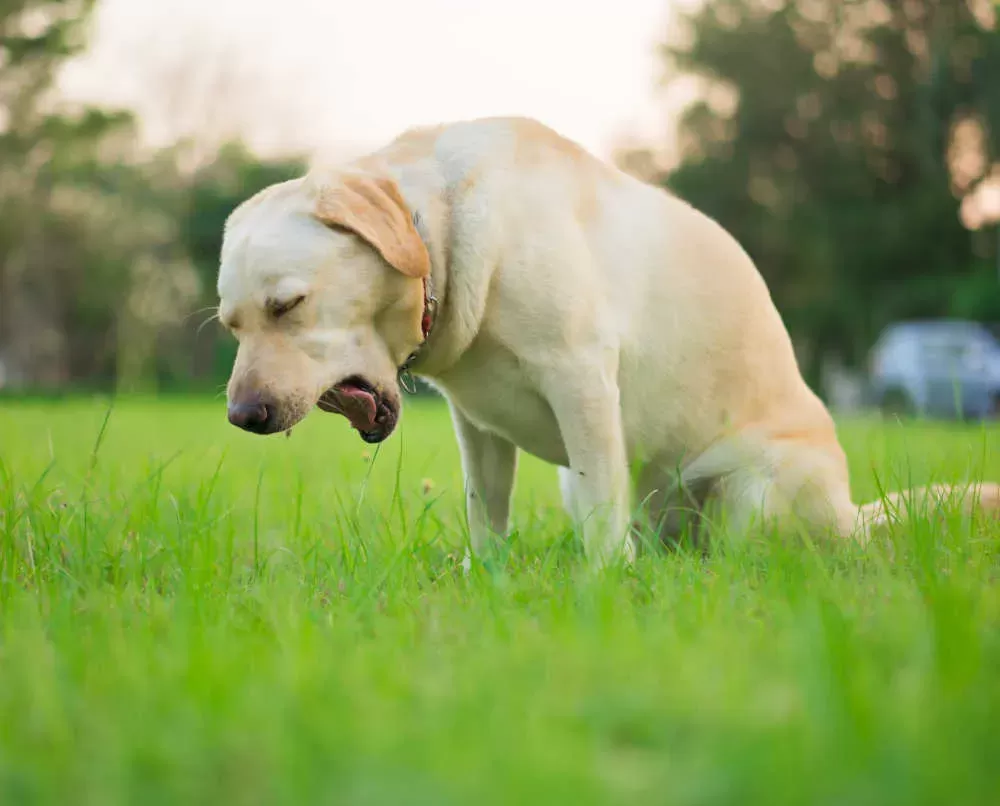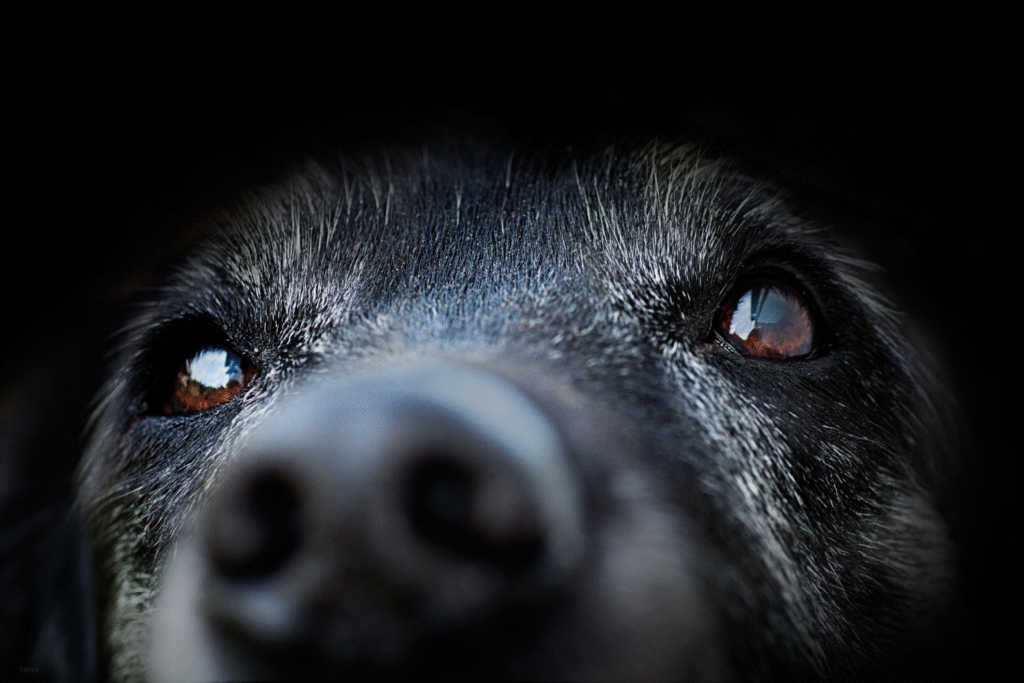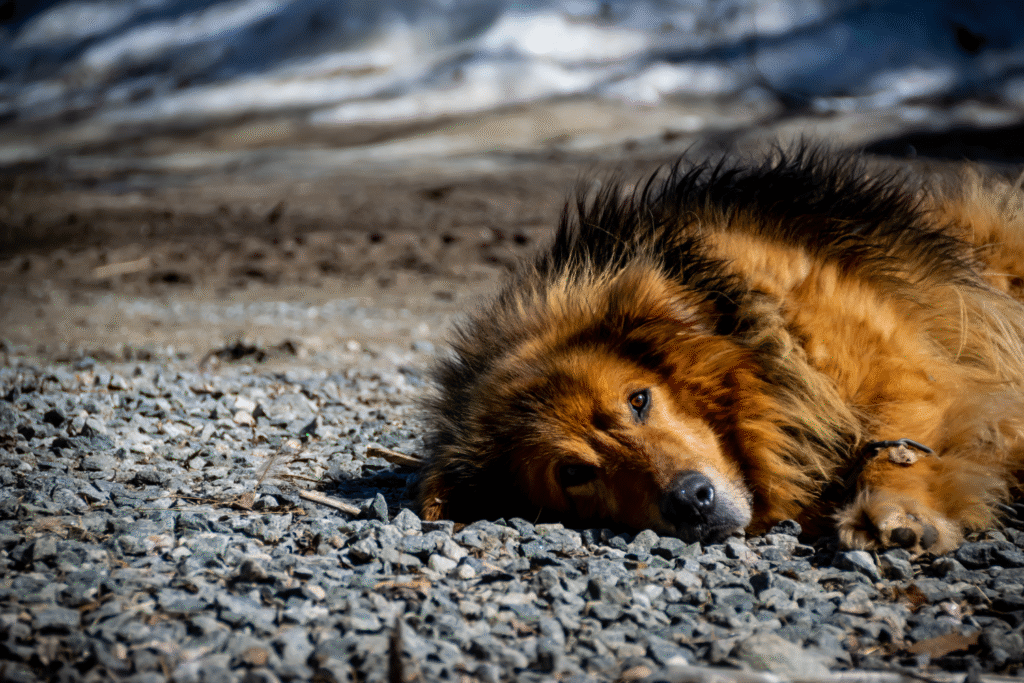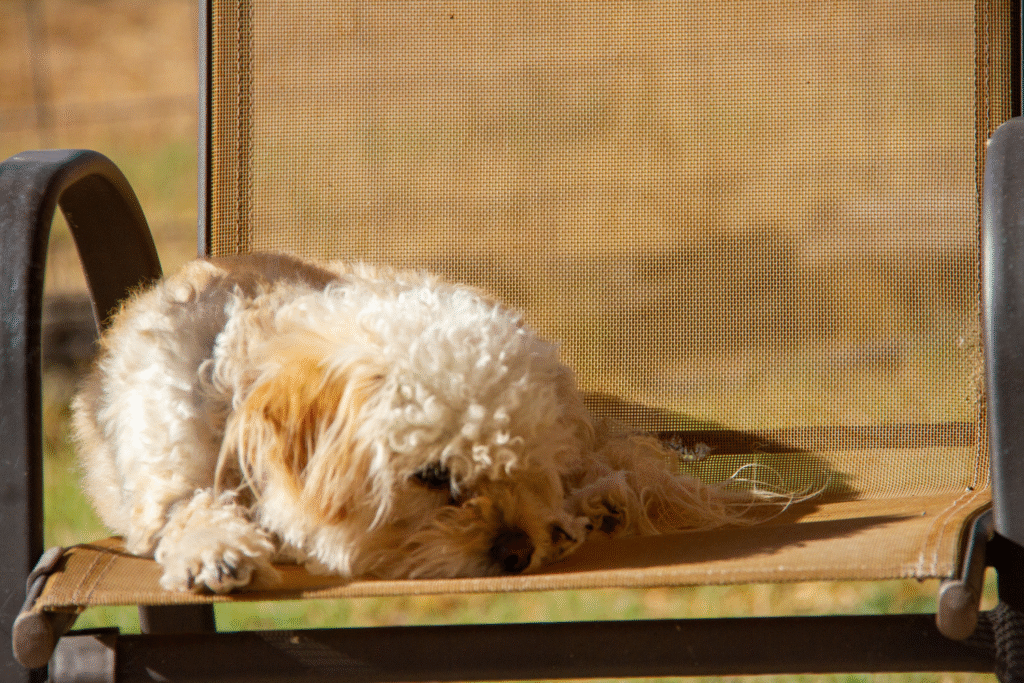Dogs show heat stress in ways that are easy to miss until it’s too late.

Hot weather sneaks up on dogs quicker than people think. While you’re sweating and sipping water, your dog might already be in trouble. They don’t sweat like humans and rely mostly on panting to cool down, which only works so well. Missing the early warning signs can turn a regular day in the sun into an emergency vet visit. Knowing what to watch for could keep your dog safe and save you a lot of regret.
Tongues turning bright red is not normal.

A dog’s tongue naturally shifts shades depending on blood flow, but when it turns a vivid red, it’s a warning flag. According to the American Veterinary Medical Association, heat stress causes blood vessels in the tongue to dilate as the body scrambles to cool itself. That intense color change signals rising body temperature that could escalate fast. It’s subtle but easy to spot once you know, making it one of the quickest ways to catch overheating early.
Panting that sounds strained signals trouble.

Normal panting helps regulate heat, but heavy, raspy breathing is another story. As stated by the Humane Society, distressed panting can mean the dog’s body is losing its battle to cool down. It often comes with a wide-open mouth and an almost hoarse sound. If the panting doesn’t slow when they rest in shade or drink water, it’s time to take immediate cooling steps. That audible change tells you their body is under pressure.
Sudden slowing down could mean heat exhaustion.

A dog that eagerly ran around minutes ago and now moves like it’s in slow motion should set off alarms. Reported by the American Kennel Club, lethargy is one of the clearest signs of overheating. Dogs often refuse to walk or lag behind even in familiar areas. It isn’t stubbornness or laziness but the body redirecting energy to survival functions. That shift in pace deserves attention, especially during warm days or strenuous play sessions.
Gums looking dry or sticky hint at dehydration.

Checking your dog’s gums gives a surprising amount of insight. When gums feel tacky instead of slick or look paler than usual, it can mean overheating has already impacted hydration levels. Dogs rely heavily on moisture for cooling, so any imbalance hits hard. Most owners don’t notice until it’s advanced, but a quick gum check can reveal what’s really happening internally before it gets worse.
Vomiting or diarrhea points to heat stress.

An overheated dog often shows internal distress through digestion. Unexpected vomiting or loose stools after being outside could be more than just a random stomach upset. It’s the body’s way of signaling it’s past a safe temperature. Ignoring these signs might allow overheating to escalate into dangerous heatstroke. Watching how your dog’s stomach reacts to a hot day helps catch problems before they spiral.
A wobbly stance is a late warning.

When a dog starts staggering or seems unsteady, it’s moving into dangerous territory. Overheating affects muscle function and coordination, making basic movements difficult. Dogs that stumble or sway aren’t just tired; they’re possibly in a medical emergency. Acting fast at this stage can prevent permanent damage or worse, so taking it seriously can make all the difference.
Eyes that look glazed can tell on overheating.

Heat stress doesn’t just change behavior—it also changes how dogs physically look. Glassy, unfocused eyes are a visible sign their body is overwhelmed. They might seem dazed or unusually disconnected, which happens when the brain isn’t getting what it needs. That blank look often comes alongside drooping eyelids or a fixed stare. Noticing it early can save you a rushed trip to an emergency vet.
Saliva turning thick or ropey means trouble.

Drool isn’t unusual for some breeds, but when saliva thickens or strings in clumps, it signals overheating. Heat causes dehydration, and reduced water content makes saliva appear sticky or frothy. Dogs might also paw at their mouth or swallow excessively. This isn’t just a weird quirk; it’s a genuine sign their cooling system is under stress and needs help.
Collapsing is a sign of dangerous heatstroke.

A dog that suddenly lays down and refuses or struggles to get back up is in critical condition. Collapse usually means their internal temperature has spiked beyond what the body can handle on its own. This is no longer just overheating—it’s life threatening. Quick cooling and professional medical attention at this point are essential, as permanent damage can happen within minutes.
Seizures can happen from severe overheating.

At the extreme end, an overheated dog can experience seizures. The brain is highly sensitive to temperature changes, and heatstroke can push it past safe operating limits. Seizures look terrifying and mean the body is in full crisis mode. While rare, it shows why catching earlier signs matters so much. Avoiding this level of overheating keeps dogs safe and prevents situations that can quickly turn tragic.
